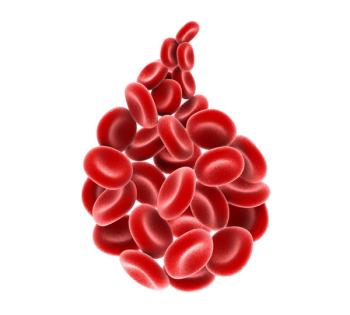
Miami Breast Cancer Conference® Abstracts Supplement
- 42nd Annual Miami Breast Cancer Conference® - Abstracts
- Volume 39
- Issue 4
- Pages: 18-19
27 Elacestrant vs Standard of Care in ER+, HER2- Advanced or Metastatic Breast Cancer With ESR1-Mutated Tumors: ESR1 Allelic Frequencies and Clinical Activity From the Phase 3 EMERALD Trial
Background
The phase 3 EMERALD trial (NCT03778931) reported significantly prolonged progression-free survival (PFS) and manageable safety with elacestrant vs standard-of-care (SOC) endocrine therapy (ET) in patients with estrogen receptor–positive (ER+)/HER2-negative (HER2–) metastatic breast cancer (mBC) and tumors harboring ESR1 mutation after progression on prior ET plus CDK4/6 inhibitor (CDK4/6i; median PFS 3.8 months vs 1.9 months; HR, 0.55; 95% CI 0.39-0.77; P = .0005). In patients with prior ET plus CDK4/6i ≥12 months and ESR1-mutated tumors, median PFS with elacestrant was 8.6 months vs 1.9 months with SOC ET (HR, 0.41; 95% CI 0.26-0.63). The PFS benefit was maintained with elacestrant across ESR1-mutation variants D538G, Y537S, and Y537N, representing about 90% of ESR1-mutated tumors. Variant allele frequency (VAF) in ctDNA correlates with tumor burden and predicts outcomes in patients with mBC. This analysis evaluates the benefit of elacestrant in patients with high vs low ESR1 VAF.
Materials and Methods
Patients with ER+/HER2– mBC and 1 to 2 lines prior ET, mandatory CDK4/6i, ≤1 chemotherapy were randomized 1:1 to elacestrant or SOC. A post hoc subgroup analysis was performed in patients with ESR1-mutated endocrine-sensitive tumors (prior exposure to ET plus CDK4/6i ≥12 months) detected in plasma ctDNA using Guardant Health360 gene panel to evaluate the benefit of elacestrant vs SOC by ESR1 VAF. Based on median VAF, high and low VAF were defined as 1.2% or greater and less than 1.2%, respectively.
Results
In patients who received prior ET plus CDK4/6i ≥12 months, elacestrant was associated with a clinically meaningful improvement in median PFS vs SOC in patients with high or low ESR1 VAF: high VAF (n = 79), median PFS with elacestrant was 9.1 months vs 1.9 months for SOC (HR, 0.36; 95% CI 0.19-0.69); low VAF (n = 79), median PFS with elacestrant was 8.6 months vs 1.9 months SOC (HR, 0.51; 95% CI 0.26-0.99). In patients with the coexistence of ESR1-mutations and PIK3CA-mutated tumors, elacestrant was associated with longer PFS vs SOC (5.5 months vs 1.9 months; HR, 0.423; 95% CI 0.18-0.94) even though 89% of ESR1-mutation were characterized having lower VAF vs PIK3CA VAF.
Conclusion
In patients with longer prior ET plus CDK4/6i, both ESR1 and PIK3CA mutations are drivers of cancer growth, but even at a low VAF, ESR1-mutations become clinically significant. Elacestrant was associated with an improvement in median PFS vs SOC in ER+/HER2– mBC regardless of the type of ESR1-mutation variant or level of VAF (high or low). A longer PFS benefit was observed with elacestrant vs SOC in patients with tumors harboring coexisting ESR1 and PIK3CA mutations despite 89% of patients having a lower ESR1-mutation VAF compared with PIK3CA-mutation VAF. In patients with ER+/HER2– mBC who received a longer duration of prior ET plus CDK4/6i and with tumors harboring coexisting ESR1 and PIK3CA mutations, elacestrant can be used before PI3K/AKTi, chemotherapy, or antibody-drug conjugate-based regimens.
Articles in this issue
Newsletter
Stay up to date on recent advances in the multidisciplinary approach to cancer.



















































































